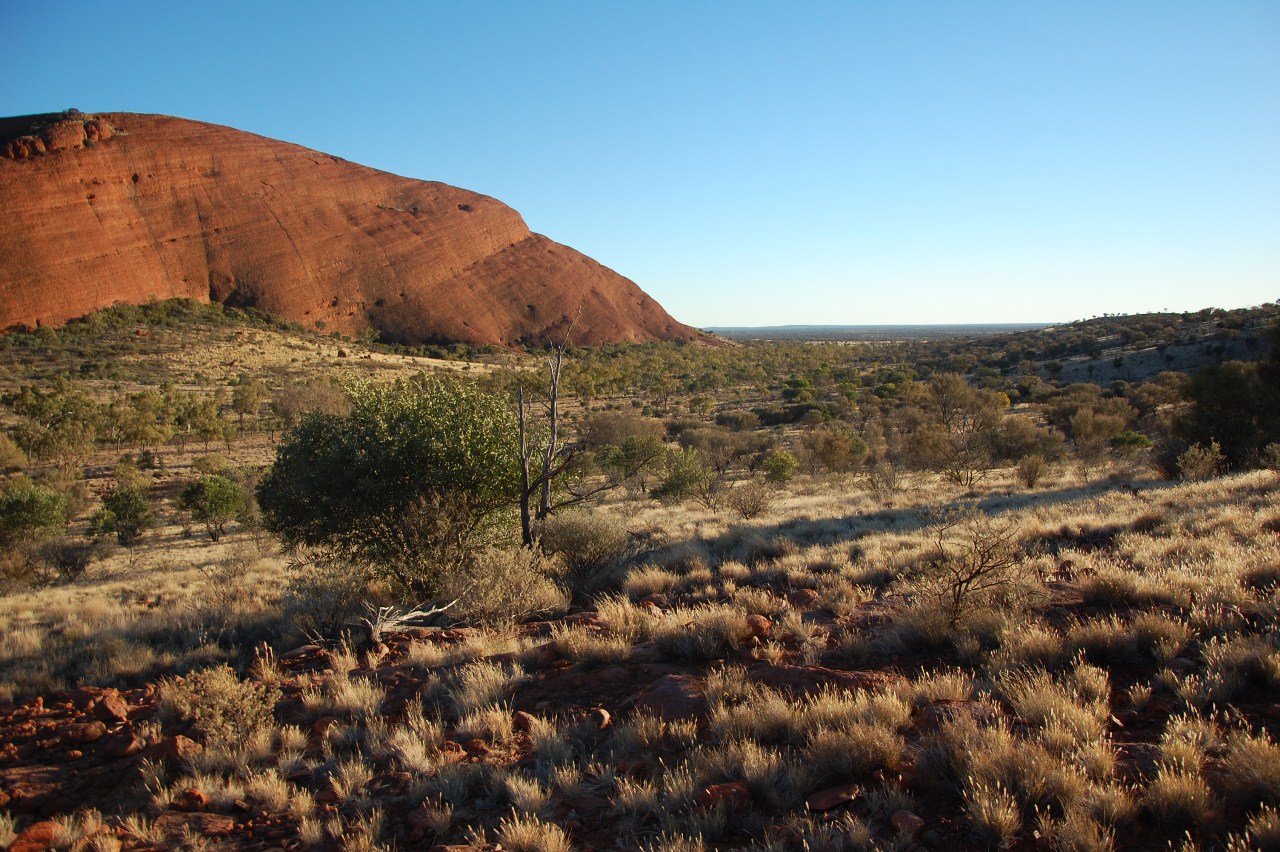The Desertification in Australia's Murray-Darling Basin
The Desertification in Australia's Murray-Darling Basin
Based on current climate and land conditions, the Murray-Darling basin is reducing in size. The basin is an indication on the effects of desertification occuring across the country. Human conditions are a strong factor in the increase of desertification in Australia.
Desertification is a type of land degradation that occurs in dry-land ecosystems that occurs. This global phenomena is formed by a combination of both natural and human causes. The cumulative effects of overgrazing, over-cultivation, deforestation, poor irrigation and increasing extreme weather events (droughts), permanently degrade the land. Regions particularly characterized as arid and semi-arid lands begin to experience increasing shrubbery. Additional savannas, grasslands, and woodlands are common indications of desertification in arid and semi-arid areas. Well-known examples of this occurrence include, Europe’s Adriatic Sea, the Middle-East’s Saharan desert, and China’s Taklamakhan Desert.

Sand dunes are formed in the Sahara Desert in the image above. In physical geography, the dunes are sand hills built by an accumulation of sand through wind and water transportation. The process is known as saltation. (Photo from CC: Shawn Allen).
Deforestation is one of the leading causes to severe soil erosion. Soil that is damaged cannot retain any water, therefore; the water is easily evaporated. Soil erosion is usually located around bodies of water. Agricultural tillage is another cause for soil erosion. Tillage is the process of preparing soil for cultivating through methods of digging, stirring and overturning. If performed unsustainably, the soil can be damaged during the process and will cause soil to erode.
Droughts are another form of water evaporation. A drought is the length in time since the previous occurrence of precipitation in an area. Areas that have experience both droughts and poor soil will notice the water evaporate at a faster rate. As bodies of water begin to dry, the land begins to turn into a desert. The land is no longer arable and can no longer support vegetation, wildlife, or human life. People living in regions experiencing desertification are becoming displaced. Those who can leave are forced to migrate away into more stable regions.
Desertification is a concerning environmental issue that can be prevented and reversed if the proper techniques are followed.

The photo above is central Australia's desert. Australia is dry in central states such as Western Australia and South Austraila. (Photo is taken from CC: squigglycircle).
Australia is a dry inhabited country. The interior has low amounts of rainfall. Three-quarters of Australia's land is arid or semi arid. Areas that are fertile are used for grazing. The subtropical high-pressure belt moving from the north to south end of the continent within seasons controls Australia’s climate. According to he Bureau of Meteorology in Australia, more than 80 percent of the continent has an annual rainfall of less than 600 millimeters. Australia is known for having periods of droughts. Generally droughts are defined as acute water shortages to period of rainfall deficiencies in rainfall patterns. Low precipitation has the continent resulting in the “least river water, the lowest runoff, and the smallest area of permanent wetlands on the planet. Major water sources such as drainage basins are affected by this environmental factor. The Murray-Darling Basin is a major freshwater supplier to the South-East parts of the country.
The Murray-Darling Basin has a large geographical area that incorporates the Murray river, the Darling river, and the Murrumbidgee river. The basin spans from the state of New South wales, Vicotira, Australian Capital Territory, Queensland, and South Australia. The basin is important for rural communities and the Australian economy. There are approximately three million Australians dependent on freshwater. Australia’s agricultural industry uses 85 percent of the basins water for irrigation.
Human activity and drought conditions are leading concerns for Australia’s basins size reduction. The spatial analysis will demonstrate the amount of impact humans have on land use that has and will continue to affect the Murrray-Darling basin.